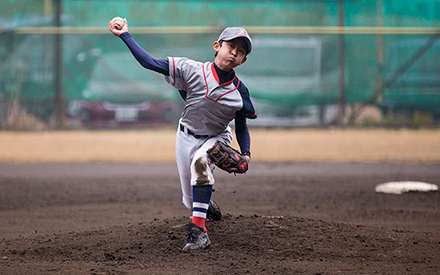
Do you or someone you know have pain in or around the kneecap when doing these activities?
- Squatting (with or without weight).
- Climbing or going down the stairs.
- Sitting for a long time.
- Running, especially downhill.
- Jumping.
About 25% of Americans will feel this type of kneecap pain, known as patellofemoral pain. More women than men will have it, and it affects people of all ages, heights, and weights.
Kneecap pain can be hard to prevent and is a result of one or more of the following:
- Increasing the load and/or frequency of knee loading faster than your knee can adapt.
- Lack of strength in the muscles on the front of your thigh.
- Specializing in a single sport.
- Certain hip and knee movement patterns.
There are no quick fixes for kneecap pain, but there is hope. Exercise, along with other treatments by a physical therapist when appropriate, has been proven to reduce or eliminate kneecap pain.
A physical therapist will perform a complete exam and craft a personalized treatment plan to address your pain and goals. This treatment plan will use exercises that target the hip and knee muscles to help you recover from kneecap pain. A physical therapist also can help change the way you walk, run, or jump, and find ways for you to adjust your training routine or lifestyle to reduce your kneecap pain. Most importantly, your physical therapist will work with you to build a plan that will let you gradually return to your favorite activities.
Here are five tips to help prevent or reduce kneecap pain.
1. Address Hip Strength.
Do hip strengthening exercises, such as squats, lunges, leg presses, and step-ups, slowly adding the amount of weight support and knee motion during the exercises over time. If this causes pain, call a health care professional.
2. Strengthen Quads.
Include non-weight-bearing knee extension exercises to strengthen the muscles on the front of your thigh, along with the hip exercises, to boost strength in the muscles that support your knee.
3. Use arch Supports.
Try low-cost shoe inserts for arch support combined with exercise, but only for the first few weeks (up to six) until your muscles are stronger. Shoe inserts are available from pharmacies or athletic shoe stores. Custom-made shoe inserts are no more effective than shoe inserts available over the counter.
4. Add Variety to Your Activities.
Vary the types of activities you do (walk, swim, bike, run) so that you don't overuse certain muscle groups. Young athletes who specialize in a single sport have a higher risk of kneecap pain.
5. Avoid Braces and Knee Straps.
Although they may temporarily reduce your pain, over-the-counter knee braces, sleeves, or straps do not address the causes of kneecap pain. A physical therapist can work with you to address any muscle imbalances or movement problems that may contribute to your knee pain.
Getting help early is important. If your kneecap pain does not improve in the first few weeks, you should seek help from your doctor or physical therapist who can address it.
Physical therapists are movement experts. They improve quality of life through hands-on care, patient education, and prescribed movement. You can contact a physical therapist directly for an evaluation. To find a physical therapist in your area, visit Find a PT.


